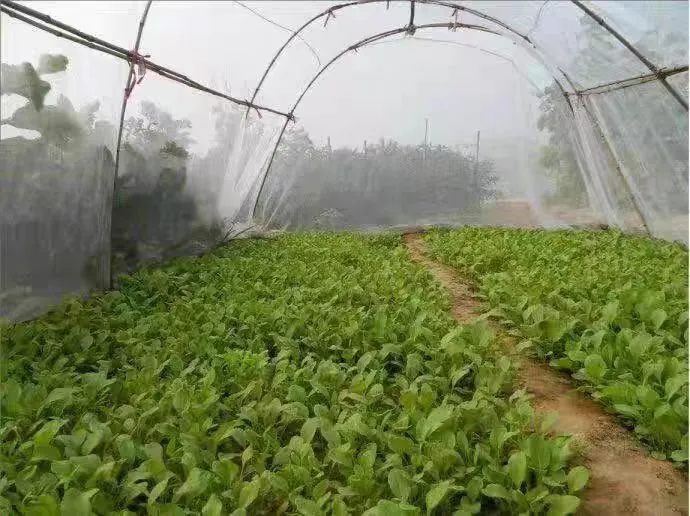hail netting for vineyards
The Benefits of Hail Netting for Vineyards
In the world of viticulture, protecting grapevines from adverse weather conditions is crucial for maintaining crop quality and yield. One of the most effective methods for safeguarding vineyards from hail damage is the use of hail netting. This innovative agricultural technology not only preserves the integrity of grape clusters but also enhances the overall health of the vineyard. In this article, we will explore the benefits and considerations of implementing hail netting in vineyards.
Understanding Hail Netting
Hail netting is a protective barrier made from high-density polyethylene mesh that is designed to shield crops from hailstones, heavy rain, snow, and even intense sunlight. Available in various mesh sizes and strengths, the netting is typically installed over rows of grapevines, creating a physical barrier that mitigates the impact of severe weather. The netting is supported by posts and cables, ensuring it remains secure and effective in various environmental conditions.
Protecting Against Hail Damage
Hailstorms can be catastrophic for vineyards, often leading to significant crop losses and financial strain for vineyard owners. Grape clusters are particularly vulnerable to the impact of hailstones, which can bruise or even destroy the fruit, resulting in compromised quality and reduced yields. Hail netting provides a very effective solution by absorbing and dispersing the energy of falling hailstones, preventing them from directly damaging the grapevines.
Studies have shown that vineyards protected by hail netting have significantly lower rates of crop loss compared to those without. Furthermore, vineyards that employ hail netting often report improved grape quality, as the reduction in physical damage allows for better berry development and more consistent ripening.
Additional Benefits of Hail Netting
hail netting for vineyards

Hail netting offers additional benefits beyond just hail protection. For instance, the net acts as a barrier against strong winds, which can uproot or damage grapevines. Additionally, the shade provided by the netting can help regulate temperature and protect grapes from sunburn during excessively hot days, leading to a more even ripening process.
Moreover, hail netting can deter certain pests and birds that would otherwise feed on grapes. This reduction in pest pressure can lead to lower pesticide use, creating a more environmentally friendly approach to vineyard management.
Installation and Maintenance Considerations
While the advantages of hail netting are clear, vineyard owners should also consider the costs and installation processes associated with this protective measure. Initial installation can be labor-intensive and may require significant investment, particularly for larger vineyards. However, many vineyard owners find that the long-term benefits, including increased yield and crop quality, outweigh these initial costs.
Proper maintenance of hail netting is also essential to ensure its longevity and effectiveness. Regular inspections for wear and tear, as well as timely repairs, can help maintain the net's protective qualities. Additionally, during the off-season or periods of inactivity in the vineyard, it may be necessary to temporarily remove or adjust the netting to prevent damage from winter weather or accumulated snow.
Conclusion
In summary, hail netting for vineyards presents a valuable investment for grape growers looking to protect their crops from the unpredictable nature of severe weather. With the capacity to significantly reduce hail damage, enhance grape quality, and deter pests, hail netting is an increasingly popular choice among vineyard owners worldwide. Although the installation and maintenance of hail netting require careful planning and resources, the long-lasting benefits often present a compelling case for its use. As climate variability grows and weather patterns become more erratic, the use of innovative protective measures like hail netting will likely become even more essential for ensuring the health and profitability of vineyards.
-
Anti Hail Net | UV-Stable, High-Strength Orchard ShieldNewsNov.17,2025
-
Anti Bird Netting – UV-Stable, Durable, Humane ProtectionNewsNov.17,2025
-
Welded Wire - Durable, Rust-Resistant Mesh, Custom SizesNewsNov.17,2025
-
Garden Mesh Sun Shade – UV-Resistant, Durable, Custom SizesNewsNov.17,2025
-
Bird in Net Solution: Humane, UV-Resistant Bird NettingNewsNov.17,2025
-
Stainless Steel Filters: Durable, Washable, High-FlowNewsNov.10,2025












